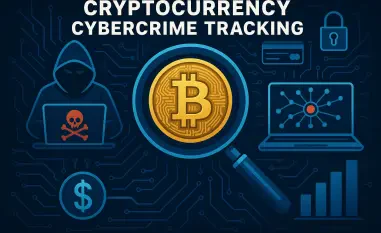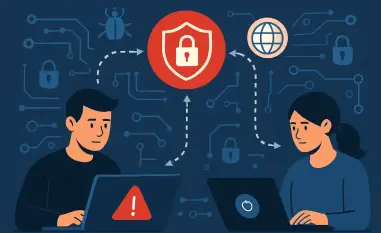In the realm of cybersecurity, meeting regulatory compliance has often been touted as the definitive achievement, yet a sobering reality check reveals a different narrative: compliance does not equate to full security. Recent cyber incidents, where organizations compliant with regulations such as HIPAA or PCI still fell prey to breaches, challenge the notion that adherence to rules is an endpoint. Rather, these incidents raise fundamental questions about the sufficiency of regulatory checklists in safeguarding our digital frontiers.
Why Meeting Standards Isn’t Enough
As cyber threats grow increasingly sophisticated, regulatory compliance becomes a mere starting point, not a safeguard. While adhering to standards like NIS2 or SEC rules is crucial, the threat landscape continues to evolve at a pace that outstrips these frameworks. Emerging issues such as supply chain vulnerabilities, AI misuse, and insider threats underscore that many dangers persist despite regulatory efforts. These evolving threats necessitate a proactive stance that extends beyond mere checklist completion.
Unveiling the Gap: Compliance Versus Comprehensive Security
Notable case studies underline the divide between compliance and robust security. Consider HIPAA, which governs healthcare data privacy: despite its stringent regulations, breaches remain a common occurrence. Similarly, while PCI DSS offers guidelines for payment card security, financial data breaches are not uncommon. However, the story of FedRAMP suggests a different trajectory. Initially focused on cloud security compliance, FedRAMP has set a precedent for expansive security strategies, including zero-trust architectures—a lesson in using compliance as a springboard for broader security measures.
Insights from Leaders in Cybersecurity
Prominent figures in cybersecurity advocate for resilience as the ultimate goal, not just compliance. Cathy Lanier, a respected cybersecurity strategist, emphasizes that comprehensive visibility enables organizations to respond and recover from any incidents—the true hallmark of resilience. Success stories abound, with companies adopting proactive security measures beyond compliance frameworks to thwart advanced threats, demonstrating that a forward-thinking approach pays dividends in the long run.
Empowering Organizations Towards Resilience
Elevating security from compliance to resilience demands a multi-faceted strategy. Organizations should integrate security measures into daily operations, enhancing reporting capabilities and reducing risk exposure. Metrics like mean-time-to-detect offer valuable insights into an organization’s security posture, underscoring the importance of tracking real-world impacts. To truly safeguard assets, companies must view regulatory frameworks as opportunities for refinement rather than obligations to fulfill.
Envisioning a Secure Future
The cybersecurity landscape of tomorrow will be defined by organizations that see beyond regulatory checkboxes. The emphasis must shift from mere adherence to building an adaptable, resilient security strategy. By fostering a culture of continuous improvement and vigilance, organizations ensure both data protection and operational integrity. As forward-thinking enterprises continue to push the boundaries of what’s possible, they pave the way for a more secure digital frontier, protecting both people and organizations alike.













